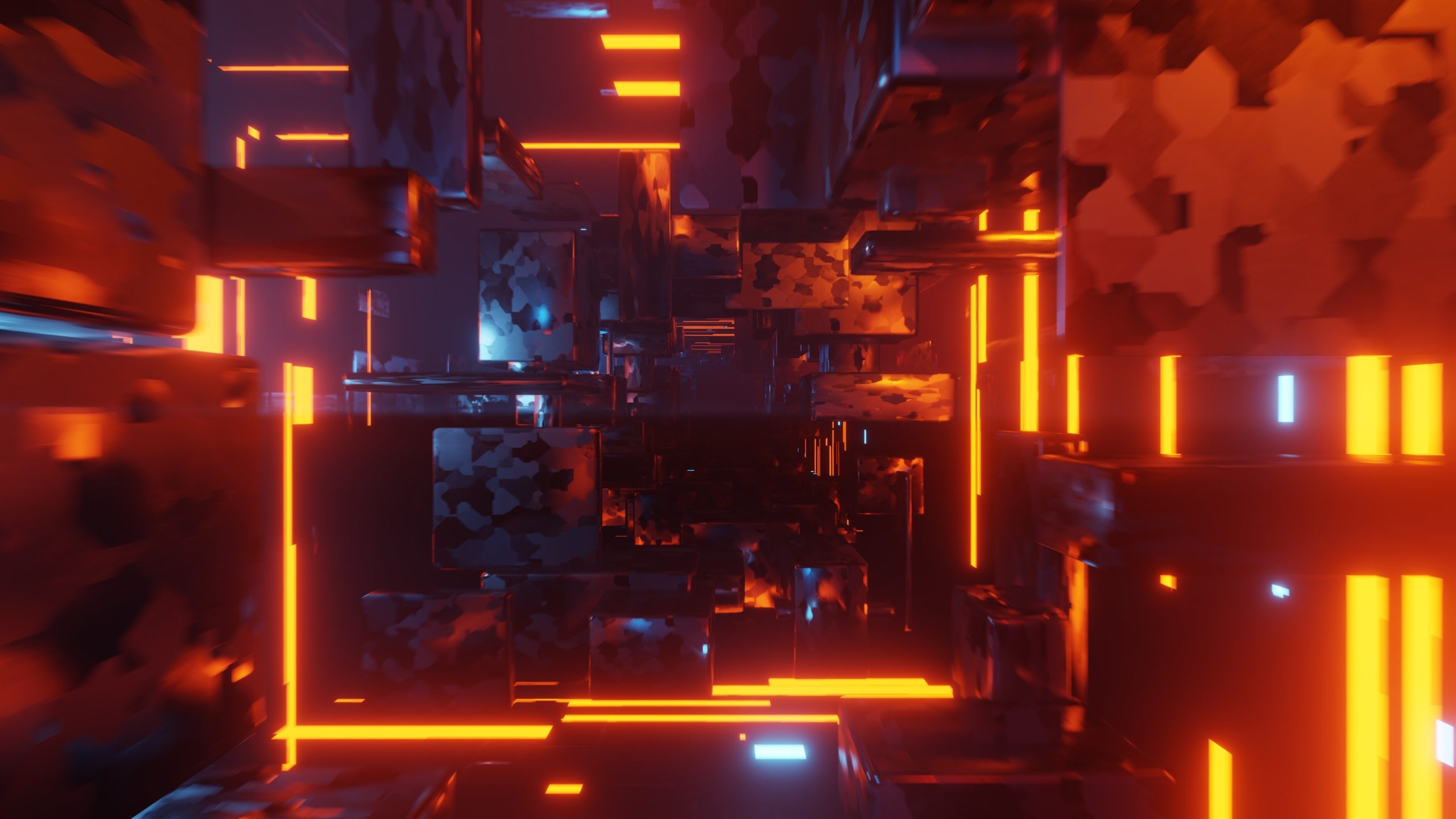Digital animation is rife with misconceptions that can be found in many places. Often, people lack knowledge about the target audience, how the industry operates, and the processes involved in creating animations. Despite the existence of numerous myths about animation that people tend to accept, the reality is far from what they believe.
Several widely held misconceptions surrounding digital video animation include:
1. Digital Animation Is for Kids

This common misconception often comes up – the idea that digital animation is just for kids. Some people assume that animators must have a childlike mindset and that animation wouldn’t exist without children as the primary audience. However, this couldn’t be further from the truth. Children aren’t typically capable of creating the kind of high-quality animation we see in movies like Finding Nemo or Madagascar. Additionally, many Japanese and American animations are actually targeted toward adults, with complex plots and mature themes. Video game animations may also touch on more adult topics. Enjoying animation doesn’t make someone childish or unintelligent – it’s simply a genre that anyone can appreciate, and some may even choose to pursue a career in animation.
2. Shortcuts

It can be disheartening to come across poorly executed animation on the internet. Often, we see rushed attempts at creating 2D and 3D animation that lack attention to detail, resulting in disjointed and jerky movements. These animations are usually created by taking shortcuts and applying quick fixes to low-quality vector art. Unfortunately, this type of low-quality animation is prevalent online, making it harder to find high-quality animation that genuinely stands out.
The issue lies with animators who underestimate the effort and skill required to create captivating animations. Many assume that digital animation is an easier and faster process, leading them to take shortcuts and neglect important details that can make all the difference. However, truly exceptional animation requires a keen eye for detail, a commitment to perfection, and a high skill level.
When an animator puts in the time and effort to create high-quality animation, the results can be truly unique. So, animators must remember there are no shortcuts to creating outstanding animation. They can only create an animation that captures the imagination and stands the test of time by putting in the effort and honing their skills.
3. No Future In Animation

It is a commonly held belief that those working in animation studios will be stuck in the same minimum wage position for their entire career. However, this is not entirely accurate. When starting in a studio, beginners usually begin as interns doing a small task, but this does not indicate that they will remain in that position indefinitely. As individuals gain experience and demonstrate their skills, they will have opportunities to take on more responsibilities and showcase their talents. This can lead to promotions and advancements within the studio. Furthermore, as the studio’s needs evolve, new positions that are better suited to an employee’s abilities may become available.
Therefore, it’s essential to realize that working in an animation studio does not necessarily mean being stuck in a dead-end job with minimal pay. With dedication, hard work, and a willingness to learn, one can progress in their career and find professional growth and development opportunities within the studio.
4. Extraordinary Skills

Some people think that to become an animator, a person must possess exceptional artistic talent. While having a natural inclination towards drawing and art can be helpful, it is not the only requirement for success in this field. In addition to artistic talent, a good animator must thoroughly understand proportions, anatomy, scale, and different artistic principles. These are fundamental concepts that are essential to creating believable and engaging animations.
Even if a person does not consider themselves exceptionally talented in art, they can still succeed as an animator by focusing on learning and mastering these principles. With dedication, hard work, and practice, anyone can develop the necessary skills to become a successful animator, regardless of their initial level of artistic talent.
5. Motion Graphics Is Too Expensive

The cost of creating a video depends on various factors, such as its format, length, and complexity. For instance, a short 2D animation with a few characters may cost less than a long 3D animation with several characters.
However, with the rise of motion graphics, video production has become more accessible and affordable than before. In the earlier days, creating digital animation required significant time and resources, which only larger studios could afford. This made it difficult for smaller businesses to access video creation services.
But with advancements in technology, video production has become more democratized. Today, even small companies and individual designers can provide motion graphics services at affordable rates, making video creation much cheaper than it used to be. This has enabled businesses of all sizes to leverage the power of video to market their products or services effectively.
6. Digital Animation is Time-Taking

Animation involves much more than simply drawing pictures and lining them up to create the illusion of movement. It is a complex process that consists of several milestones. Major animation studios typically follow a multi-stage approach, which includes developing a narrative, creating a storyboard, designing future graphics, producing rough animation to determine character movements and positions, approving text animation, adding sound effects, and so on. However, some studios may choose to shorten the animation process by omitting certain stages. For example, some production companies may only follow three stages: creating a storyboard, sketches, and developing graphics. This approach requires a certain level of trust from the client, but it can save time and money while still producing high-quality video content.
7. Only Big Brands Can Afford Animation

Some people believe that only large companies can afford to use animation in their marketing efforts, but this is far from the truth. In fact, motion graphics are becoming increasingly popular among businesses and start-ups, thanks in part to their affordability. Animated videos can effectively convey a business idea quickly, making them a valuable asset for companies looking to reach their target audience quickly and efficiently. These misconceptions about animation and motion graphics can lead businesses to overlook their potential benefits, but in reality, they can play a crucial role in a company’s success. It is important to avoid relying on outdated beliefs and instead consider the potential value that animation can bring to a business.
Conclusion

Digital animation is often misunderstood due to myths and misconceptions. Some people assume that it is only for kids or an easy process with shortcuts, but creating high-quality animation requires effort and skill. Additionally, a career in animation can lead to professional growth and development opportunities, and one can succeed in this field regardless of their initial level of artistic talent. While video production can be time-consuming, it is becoming more affordable and accessible, allowing businesses of all sizes to leverage the power of video marketing. Ultimately, digital animation is a versatile and valuable medium anyone can appreciate and enjoy.









